Calla plant, also known as arronic, is valued for beauty and greatness. Therefore, it is often used in wedding bouquets. These flowers can boast a unique form, sizes, and even the most diverse palette of color. The birthplace of this culture is considered to be South Africa, where it was counted for the category of weed herbs. Next, we will consider in more detail how to plant callas, features and characteristics of the plant.
Content
Culture characteristics
Callas are usually grown from seedlings, seeds or bulbs. These cultures are used not only in gardening, but also as indoor plants growing in pots. Especially well they look in the living rooms and bedroom.
Calla flowers can be distinguished from others by characteristic appearance. So, their flowers are located on long stiffs, and the leaves near the base of the plant are associated with a fairly thick root. At the same time, the inflorescence is placed on a fine-powered stem and consists of a bedspread and the patch. What is covered? This is a bright fairly large brawl in the form of a funnel surrounding the pillage, which is covered with small flowers. Bright green swelling calila leaves have a length of 55 to 135 mm, and a width of 45 to 115 mm. Leafers are usually decorated with white splashes.
Varieties and types of callers
In the family today there are only 8 species, but only three are used as cultivated plants - this is:
- Calla Ethiopian.
- Calla Eliott.
- Calla remanna.
These species are used by specialists in partitioning plants to remove new varieties.
Calla Ethiopian is high white, beautiful, noble flowers. The underground part of these plants is a thick rhizome. This culture requires a lot of moisture. She does not dump their leaves even during wintering. A rather popular variety of this species is Nicolai. The length of its floweros reaches one and a half meters. The leaves in the shape of the arrow of arrows have a pronounced dark green shade. In this case, the stuffs are long, and the bedspread reaches in diameter to 75-125 mm. Another popular variety that can be found to the category of Call home, is considered to be the "pearls" grade. These plants can grow to 0.6 m. Therefore, they are allowed to be grown as a room plant in pots. It is also worth noting the "Green Goddess" grade, which is distinguished by rare beauty and up to 870 mm high. To this, danced Kall also belongs to the Schone Zweibruckerin variety. The length of its bloom can reach up to 1 m. The heart-shaped sheets are usually light, and the upper part in the diameter is 110-140 mm.
Calla Eliott is a kind of plants with large green leaflets of the heart-shaped with splashes. The bedspread from the outside is yellow-green, and from the inside of the yellow shade. In the height of the flower can reach up to 490 mm. From the famous varieties can be allocated "Vermeer". This is a plating with a slightly wavy bedspread, which with the outer has a matte white, and from the inside - a lilac-cherry shade. Crowded dark green color. Calla varieties "Yellow corner" are plants with a stem of a solar-yellow shade and brightly green enough large leaves decorated with light yellow recreation. The Grand-eyed beauty variety is distinguished by a cream-cream-cream-cream hue. Leaves, as well as other plants of this species, are covered with neat recreation. Less common can be considered such subspecies of flowers as Calla whitening, Calla, fragrant, calla Powerful and calla joyful.
Calla remanna is a low plant with a pink bedspread. Its green leaflets are quite narrow, and the underground part is presented in the form of a tuber. This view of autumn loses its leaves, after which they must calmly overrevim. The popular varieties of this subspecies, in particular, include Khameleon Calla. These are low plants that can be grown not only in the garden, but also as indoor crops growing in a pot. The peach bike of this plant has gold overflows. The "Evening" variety is characterized by a satin black and purple flower, and the subspecies "Indian summer" has a red pomegranate flower.
How to grow calla
Consider several ways to reproduce these beautiful colors.
Team breeding
The tubers of these colors can already buy the end of February. To choose healthy shoots, it follows, first of all, pay attention to their density. They should be solid enough, like young potatoes. Clear and sluggish is better not to buy at all. Tubers laid out on the tray and fit into some cool dry place.
When to plant callas? In the middle of spring, shoots should be transferred to the pots with a capacity of at least 3 liters and pour over the soil from about 25-35 mm. In addition, you need to increase the temperature in the room to 20-21 degrees. The top of seedlings is easily determined by the available tubercles.
Pulberry right before planting It is recommended to soak in a weak solution of mangartage about 35 minutes. After that, all locations with damage should be cleaned or cut. Cropped areas are better lubricated by ordinary green. If the seedlings for disembarking were purchased in the store, they were most likely to be treated, if they were acquired from individuals, they hardly took care of it.
After landing, the tubers do not need to water. Make it better only a week later. As a result, you can avoid drying the soil in a pot. In the first months of summer, the seedlings must already be generous, then they can already be planted in an open ground. The depth of the wells should be approximately 85-110 mm. There is usually at least 200 mm between adjacent pits. For tall grades, this gap is better to increase to 480 mm. In the hibernation calla go before frosts. To do this, they remove their overhead part, the tubers are digging, and they leave at least a couple of leaves on the cutken. In this form, they can be stored until next spring.
The soil for planting data should be crumbly and easy. It is necessary in order to avoid moisture stiring, excess of which is harmful to tubers. The place where flowers will be planted are desirable to prepare in advance. For this purpose, ordinary land needs to be mixed with sand and humus from leaves, which can be easily gathered under the trees. If there is an compost in the ground, you can add it.
By the way, Calla has one interesting physiological feature: initially the root system is formed and only after that it begins to take shoots to the surface. The first sprouts may appear after 3-3.5 weeks. In some cases, the first segregations have to wait about a month. Thus, if the plant is not glorified for a long time, then this is considered the norm. Therefore, you need to patience and do not dig tubers from the soil.
Reproduction of the division of the bush
Consider how to grow calla by dividing the main rhizomes of the maternal bush. To do this, in the autumn months, the root neck from the central root of the plants gently climb. At the same time, it is important to save on the roots as much as possible soil. After that, the roots are cleared through a separate pot. Then they are stored in a closed room with certain conditions: increased humidity and temperatures 11-14 degrees. In the spring time, shoots are usually started to appear, in the first months of Summer Calla will be ready for landing in the open soil. Sometimes there is no possibility of sending a bush, in such cases, ready-made seedlings can always be found on sale in specialized stores.
Reproduction of Calla Seeds
This method is used as a rule, only partitioning specialists. The fact is that the seeds ride badly. If you still want to grow these flowers from seeds, you first need to soak about 5-6 hours in a natural biostimulator solution (the humate potassium is suitable for this purpose). Next, the seeds should be decomposed on the pallet, cover with a wet cloth. After that, place the container with seeds in some warm place for about a week. During this time, it is impossible to dry up.
When the seeds are good, they are first better to put in trays from the ground and hold in the warm room until sprouts appear. Only after that the seedlings should be planted in an open soil. The error will land the surprised seeds immediately into the open ground. In such conditions, they will most likely die.
Locking in pots
Callas in the pots are grown a little differently. But still something has something. So plants in such conditions also need a sufficiently large amount of water. Even more if they were planted in an open ground. The reason for the fact that most of the water is lost in the pot. If it is known that in the pot, the supply of nutrients necessary for normal growth has exhausted itself, then fertilizer will be added. But sometimes a layer of bait can fall in the ground. It is equally important that the plants have transplanted into new soil annually. Otherwise, the plant can just die. In the soil there will no longer be beneficial substances, while the toxicity of fertilizers increases. Because of this, side effects may appear.
How to plant a bulb Kallu
This is perhaps the easiest way to get beautiful flowers in a short time. Moreover, they will be fairly endeavored in relation to any weather conditions that are possible in this climate. The bulb is, in fact, the place where Calla come from. For cultivation in the garden plot, it is often used by this technique. The bulb cannot be called the root, although it looks very similar to a large and thick root process. The bully can only let the sprout only in the case when a sufficient amount of nutrients and moisture accumulates. That is, it is she who gives rise to the whole plant.
How to care for homemade calla
Calla (Care): Photo
Consider how to care for calla:
- First of all, it should be said that this is a pretty hardy plant and requires it a bit. Initially, you need to know about the specifics of the feeding of the soil. When leaving for these flowers, it is necessary to give enough time to spend enough time in order to hide them. Plant need a lot of moisture, without which it will simply grow.
- Especially often calla should be water in hot summer days. You can do a little differently, and choose a place to land, where the plant would have to get a lot of water from the wet soil. For example, it is recommended to land it close to the garden pond (or to another reservoir).
- Caring for these colors still implies the regular application of the necessary fertilizers. In places where the climate holds a warmly warm all year round, they can bloom all year round. Only to achieve this, you will have to pay much more attention to them. The plant must be made to the feeder at least once a year. If it is necessary that Calla blolary constantly, fertilizer needs more often. It will be enough to produce feeding twice a month.
- Excess fertilizer is no less harmful than their absence. A sign that the plant has been reconciled, is the presence of drooping edges of the leaves. This most often indicates an excess of nitrogen. In general, the amount of fertilizer introduced depends on how much the plant gets sun rays. Therefore, it is desirable to pick up a place for disembarking a flower not in the shade.
- For feeding, you can still add coniferous needles in a small amount, after which it is overwhelmed with the ground around planted plants. This will make it possible to achieve an acidic effect, and calla, as you know, prefer a weakness soil. Earthworms love coniferous needles, so at the end of the summer they drag them deep into the ground as a stock for the winter. There they are recycled them, as a result of which the soil gets the desired oxidative effect.
Winter Storage Method
In our climate, Calla usually do not leave winter in the open soil. After moving the leaves, the seedlings are digging, then washed, placed in a solution of manganese and keep there in about half an hour. After that, they are once again well treated, and transferred to some suitable place (preferably dark and dry) so that they dry. Then the tubers should be packed in conventional paper bags and in this form they can be stored at a temperature of 5-6 degrees. This can be done, for example, in a container for vegetables, which is perhaps in any refrigerator.
If you can not for some reason, the seedlings keep in a suitable place (cool room), then they are first dried a little, then the leaves are cut off, after which they are stored along the same technique as the tubers.
It takes every week to check the material for landing (whether seedlings or rhizomes). Throughout the storage time, they should not be filled and all the more frowning, which can occur due to too high temperatures. Due to high humidity, they sometimes begin to refuse.
If Calla grows in a pot, then it can be removed from it to wintering. It will be enough to carry out a container with flowers on a cool loggia or a veranda. In general, if you do not give the plant to relax at least a couple of months, but to continue provoking the growth of irrigation, it will delete it and it will stop blossoming.

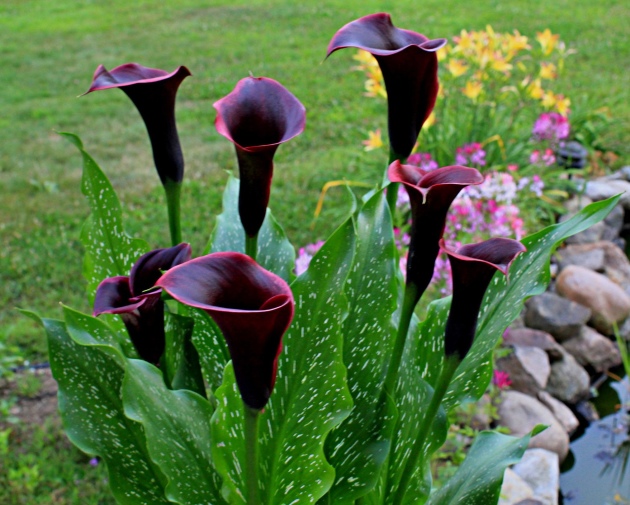

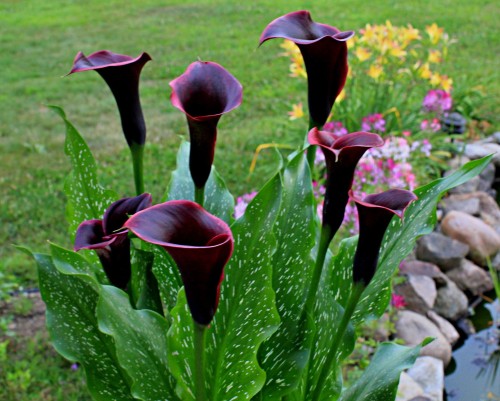

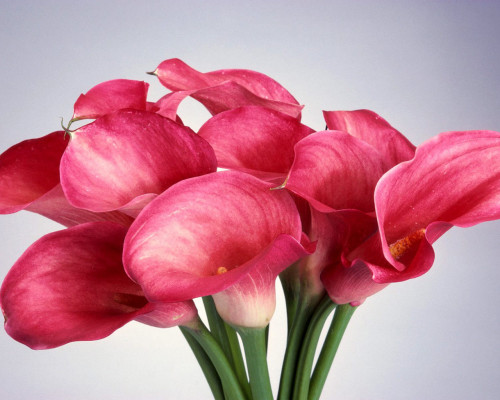
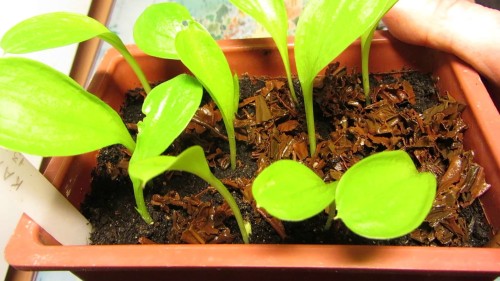
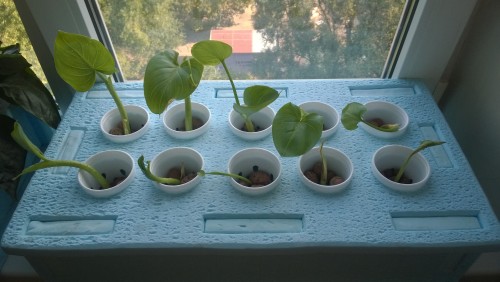
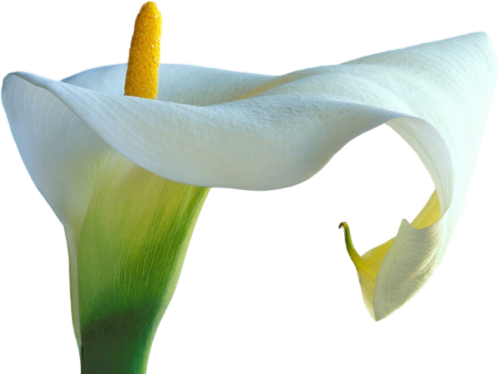
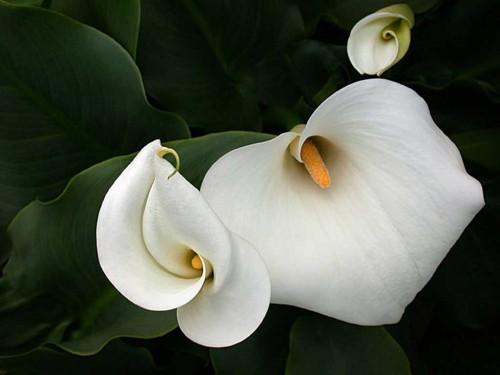
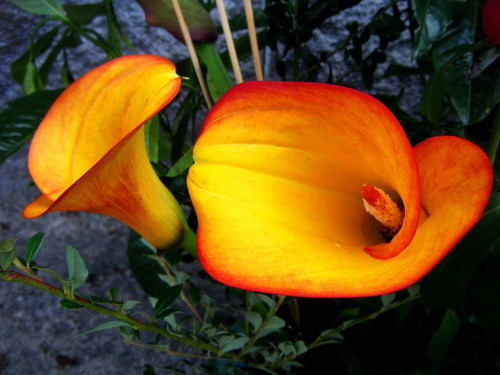
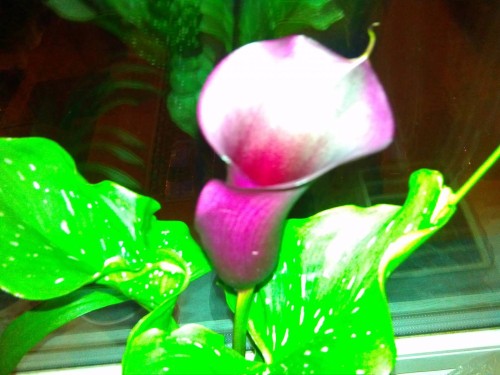












 Start a discussion ...
Start a discussion ...